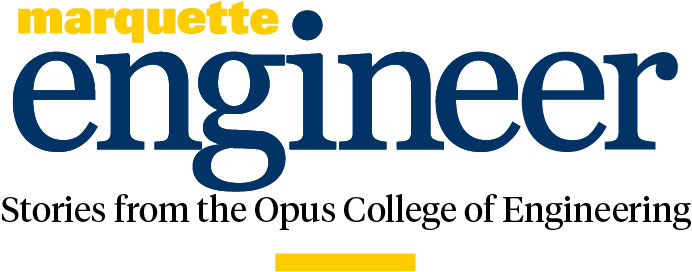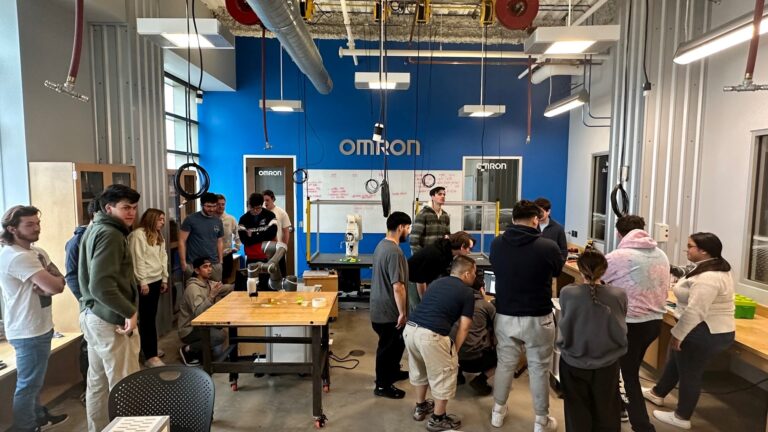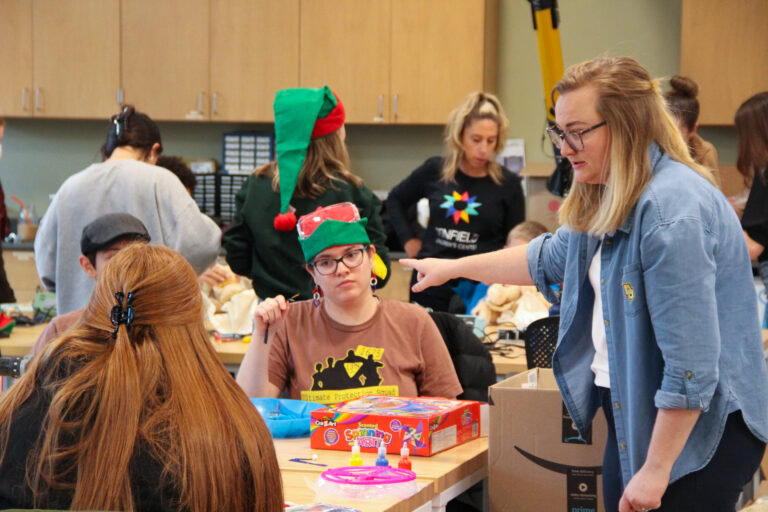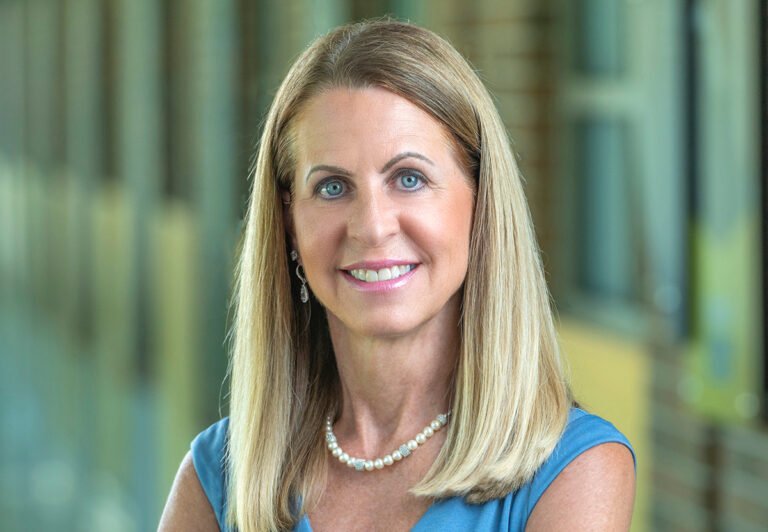If you ever have the chance to host Dr. Somesh Roy for a dinner party, hold off on the candles.
“I have no romantic fantasy of candlelight dinners. That means something different to me,” Roy says with a laugh. For starters, candles were a tool of necessity while the assistant professor of engineering was growing up without electricity in rural India. Today, as a mechanical engineer and professed “historian of soot,” Roy sees candlelight and thinks of a collection of carbon atoms emitted into the air as a byproduct of combustion.
Soot, after all, gives candlelight its characteristic yellow hue. Soot is also the general term for smoke and PM2.5 air pollution, and it ranks as the second biggest driver of human-induced climate change today. That’s why Roy has dedicated his career to unraveling the mysteries of soot, including how it shapes our world and how we might control it.
Graduate work at Penn State first launched Roy into the fine-tuned world of soot modeling and combustion dynamics, which remains a cornerstone of his life in the lab. But the closer he zooms into soot’s molecular makeup and behaviors, the more he sees its macro influence across the whole planet and human history. For example, this compound generated some of humanity’s earliest known artistic expressions in charcoal cave paintings tens of thousands of years ago; and today it is formed nearly every time a fossil fuel engine fires up. To help the masses grasp soot’s reach, Roy is expanding his expertise into public art and outreach as well as cutting-edge engineering science, with rare cross-discipline funding from the National Science Foundation.
Just last year, Roy earned a $550,000 CAREER grant, the NSF’s coveted top-tier funding for junior faculty members. Roy is using it to answer key scientific questions that consume him, such as, “How exactly does soot form?”
“Chemically, we still don’t really know what soot’s exact composition is,” Roy says. Answering that could spark vital innovations to control climate-altering emissions. But the grant doesn’t end there.
NSF agreed to fund Roy’s vision for a five-month art exhibition at the Haggerty Museum of Art, along with a series of other projects to engage the public about soot. At the start of 2023, Roy co-curated the Entangled Air exhibition at the Haggerty featuring a series of eye-catching works by Tomás Saraceno, an internationally known Berlin artist and climate activist. Roy has also partnered with organizations and agencies — including MIlwaukee’s Urban Ecology Center and the Wisconsin Department of Natural Resources. Together, they hosted a series of AirWalks, inviting the public on hikes through urban neighborhoods and green spaces. Armed with sensors, the participants collected live air quality data and learned about soot’s impacts.
“We tried to connect the dots with local history and the local economy,” Roy says, noting that other AirWalks are planned. “The long-term goal is to try and build a map of Milwaukee air.”
The walks also tangibly demonstrate his urgent message that we do not all breathe the same air. Factors such as national borders and regulations, neighborhood zoning and wildfires can all determine what pollutants you inhale day to day. And we now know that soot or smoke — as well as PM 2.5, shorthand for atmospheric particulate matter of 2.5 micrometers or less in air pollution — has been directly linked to asthma and myriad other respiratory illnesses, heart attacks, strokes and cancer.

Roy’s work is generating awareness and questions about why the DNR’s air quality monitor at Sixteenth Street Community Health Center in Milwaukee measures the highest PM 2.5 concentrations in the state of Wisconsin. That fact surely has harsh and long-term consequences for those who live and work in the neighborhood.
On the micro level, back in the lab, the other thrust of Roy’s NSF-funded work is directed at the chemical makeup of soot. While experts know the compound is primarily made up of carbon atoms, it remains unclear how exactly these atoms organize and what even binds them together after a combustion event. “Every time you throw them together, they’re going to take a different shape. There’s a randomness associated with these chemical reactions,” Roy says, comparing soot to snowflakes.
Through atomistic modeling using Marquette’s high-powered computing cluster, he aims to map soot’s chemical origins and possibly identify some patterns. Do atomic soot components pack together around a central core, or do atom-thick sheets of carbon curve or wrap themselves into three-dimensional shapes? Do certain contaminants — hydrogen, oxygen or sulfur — aid or hinder the development of soot particles? Roy is working to find out. And with a complementary research prong, he’s creating large-scale engineering models of combustion systems to examine how soot accumulates and how it is emitted into our atmosphere. Addressing both matters, he says, will help develop and apply technology that could reduce soot emissions. “We could create combustion processes that produce less soot,” he says.
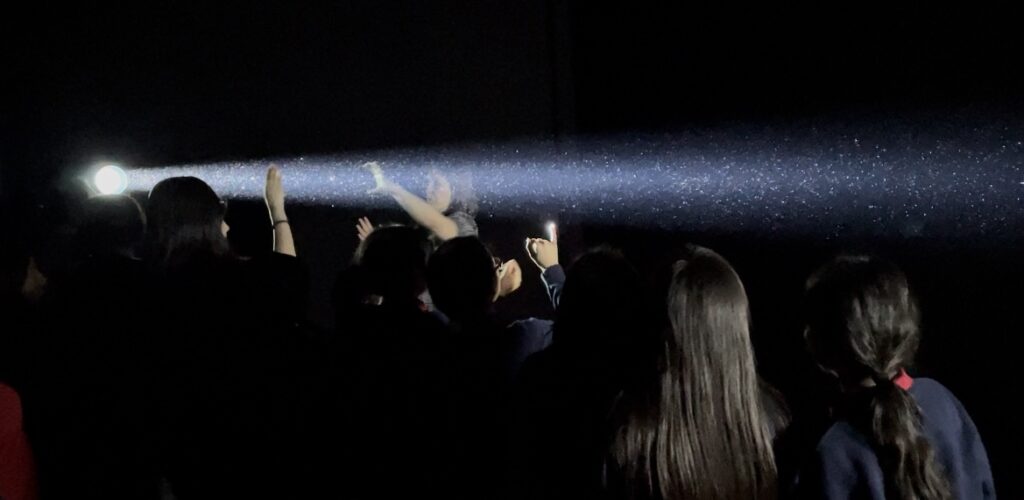
In the meantime, he is certain that the unoptimized burning of fossil fuels is creating an excess of harmful soot, both visible and invisible in our lives. And he knows that addressing that problem demands a multitiered approach across disciplines within and beyond the halls of research. While it’s technical and academic, Roy’s vision is also personal — for everyone who breathes. “I think of it,” he says, “as getting to know my enemy intimately before I can defeat it.”
